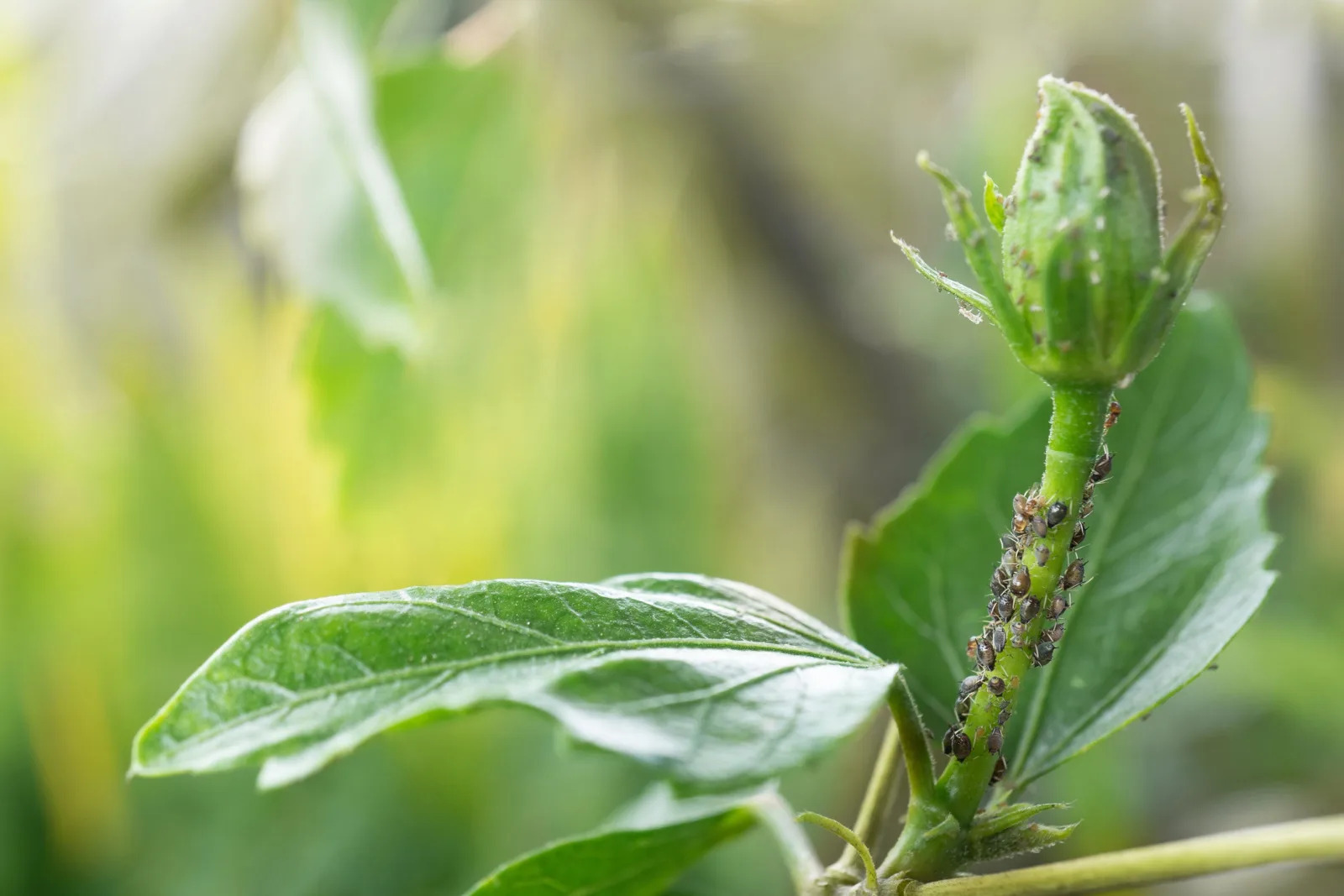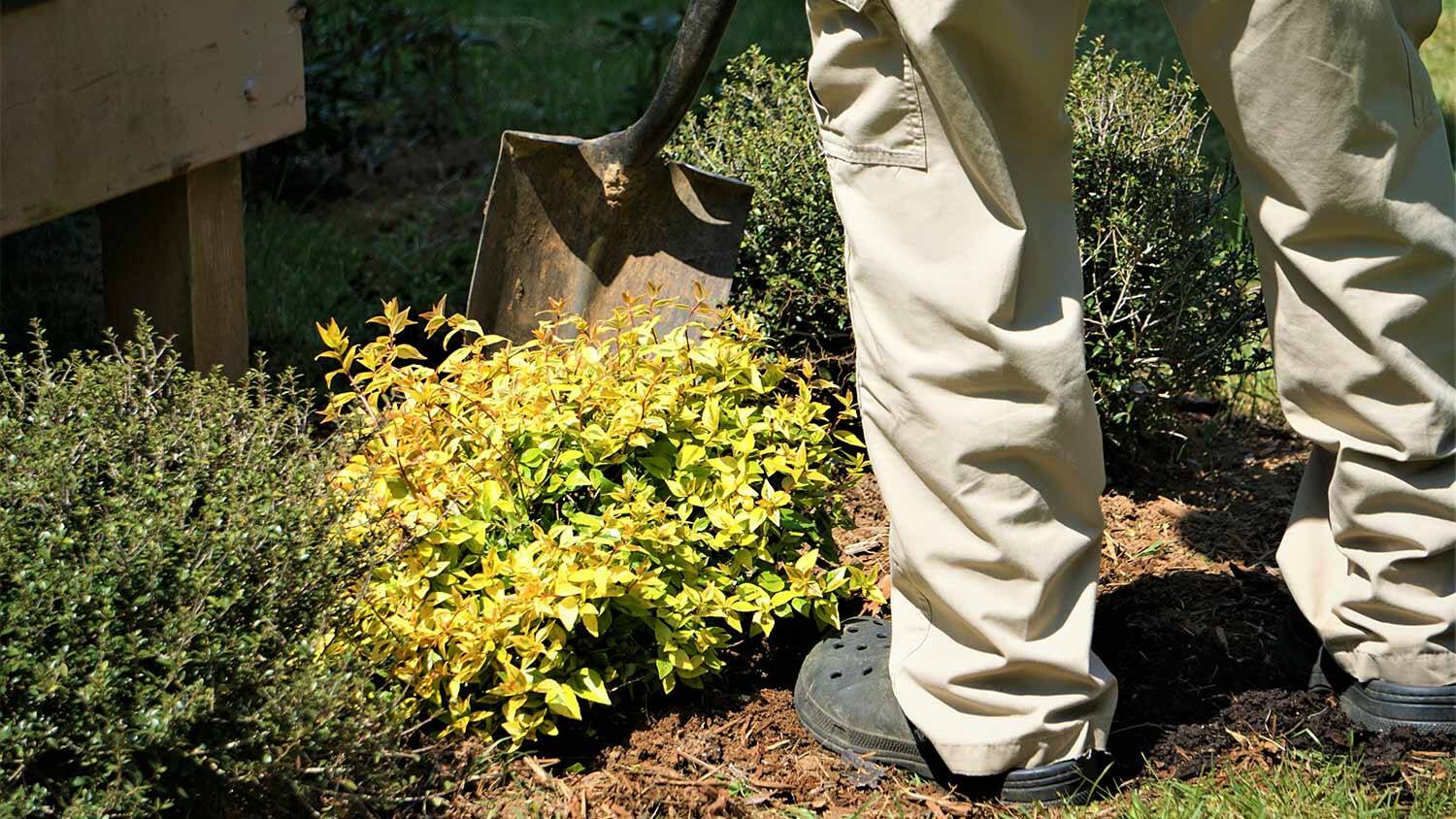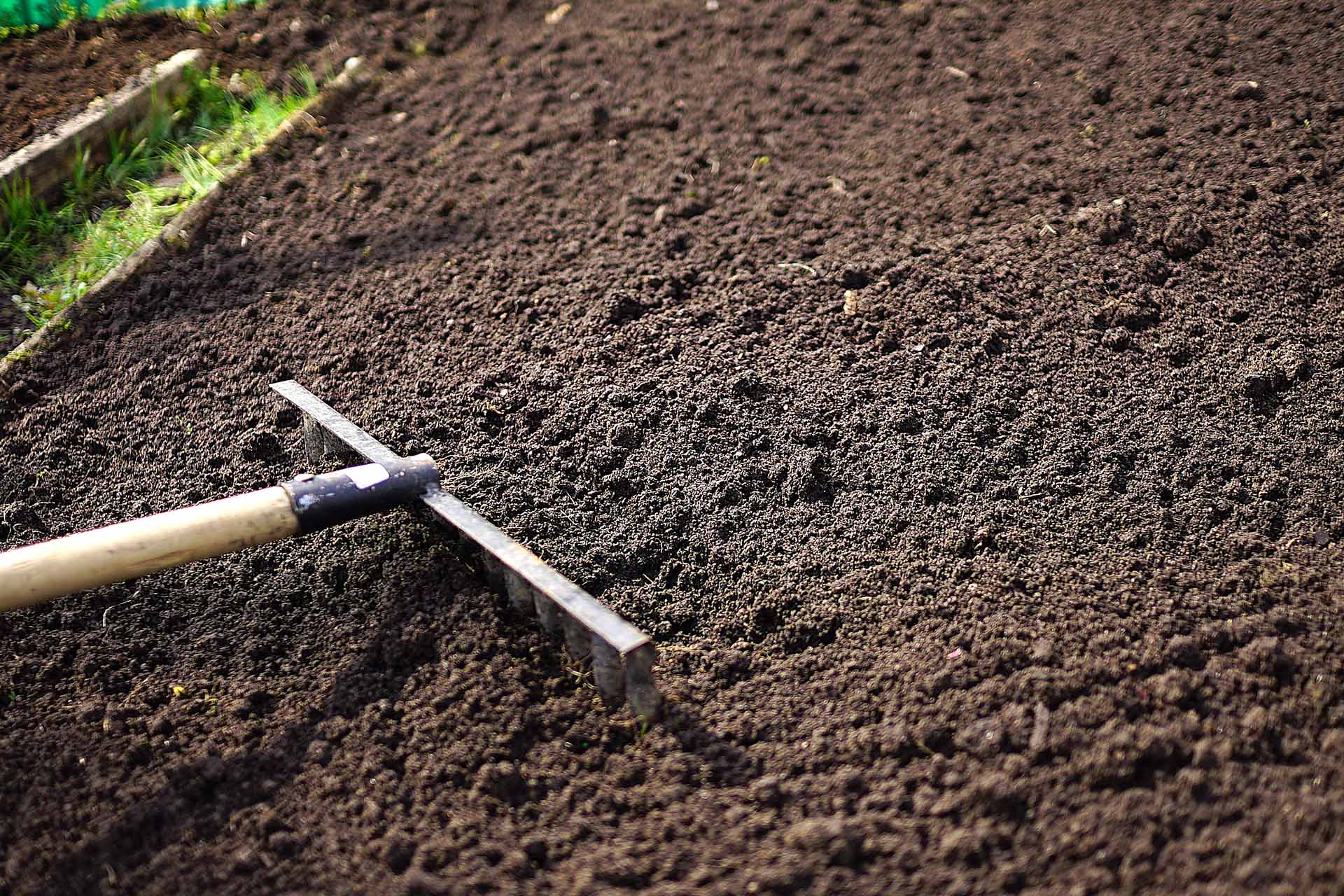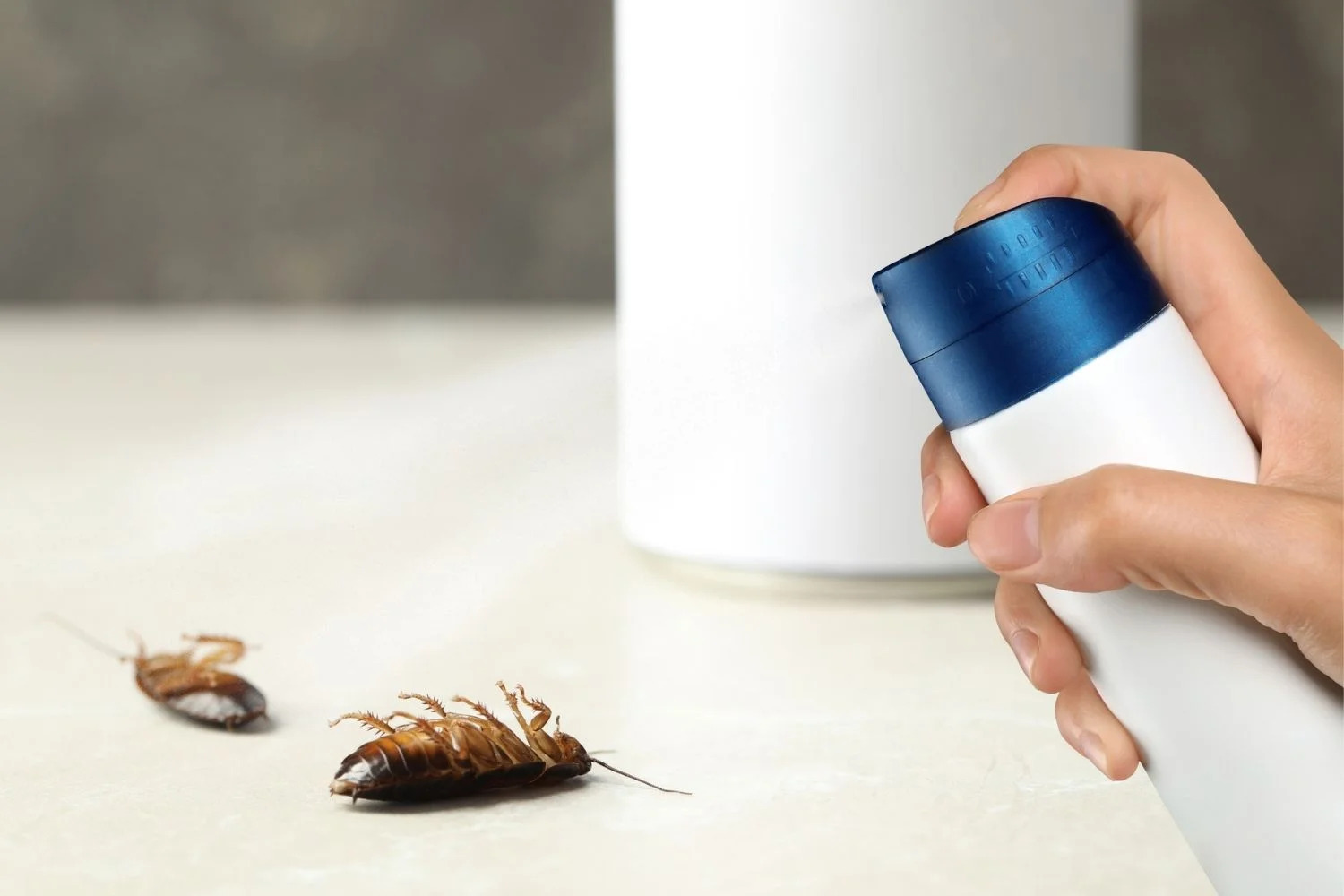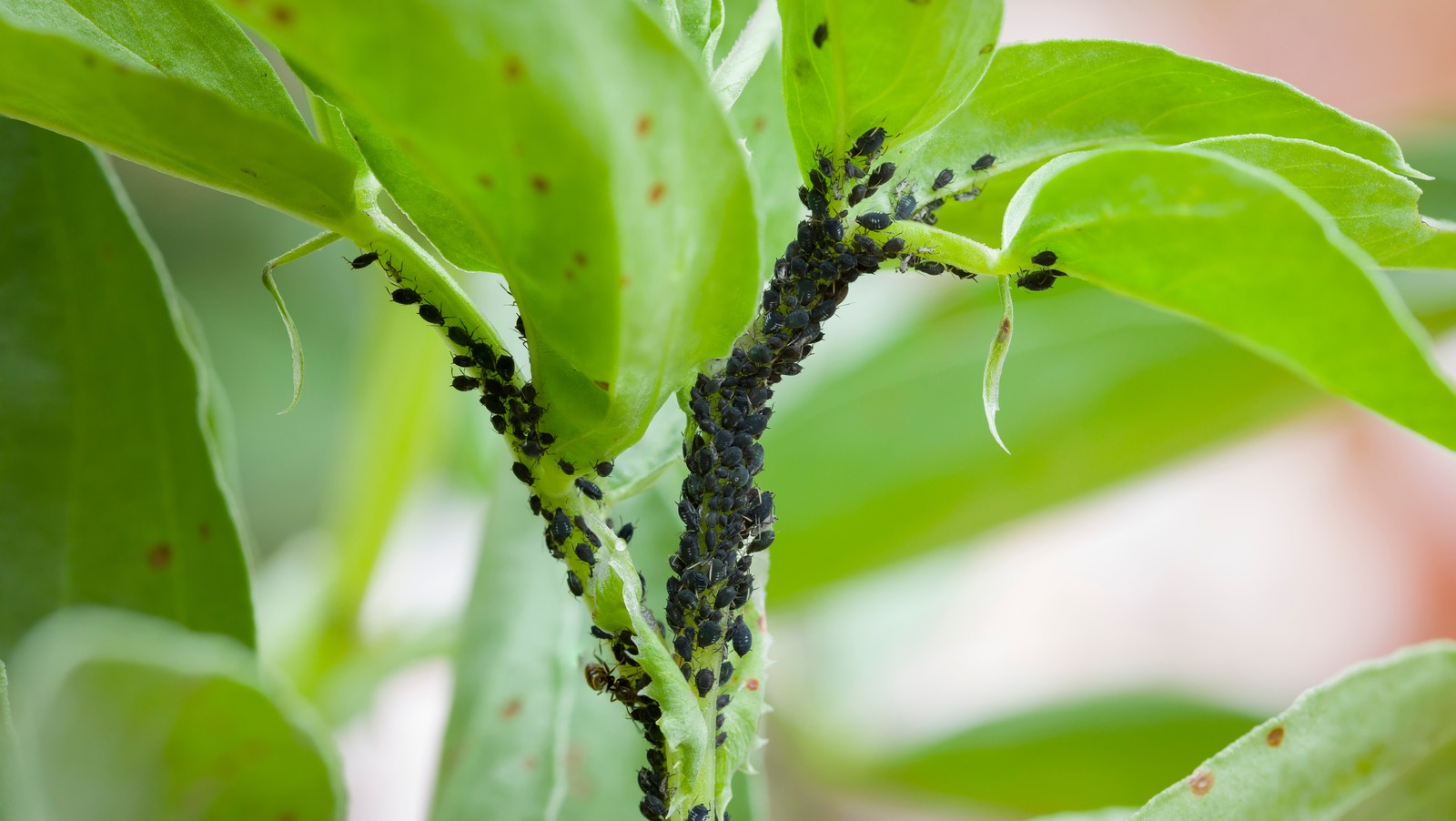Home>Gardening Tips and Tricks>Problem Solving>Insects In Rice How To Get Rid


Problem Solving
Insects In Rice How To Get Rid
Published: December 2, 2023
Looking for effective techniques to solve the problem of insects in rice? Discover helpful solutions to get rid of pests and keep your rice fresh and insect-free.
(Many of the links in this article redirect to a specific reviewed product. Your purchase of these products through affiliate links helps to generate commission for Chicagolandgardening.com, at no extra cost. Learn more)
Table of Contents
Introduction
As a staple food for billions of people around the world, rice plays a crucial role in our diets. However, sometimes our beloved rice can become infested with insects, compromising its quality and safety. Insect infestation in rice not only affects its taste but can also pose health risks if consumed.
In this article, we will explore common insects found in rice, the signs of infestation, and most importantly, how to get rid of them. Whether you’re a home cook or a restaurant owner, knowing how to eliminate insects from rice is essential for maintaining the quality and safety of the grain.
Before we delve into the methods of extermination, let’s first familiarize ourselves with the insects commonly found in rice. By understanding their behavior and characteristics, we can adopt effective strategies to eliminate them and prevent future infestations.
So, join us on this journey to discover the best practices for getting rid of insects in rice, ensuring that every grain of rice on your plate is pest-free and delicious.
Common Insects Found in Rice
Several types of insects are known to infest rice, causing damage and contamination. Understanding these common culprits is crucial in effectively combating infestations.
1. Rice Weevils: Rice weevils are one of the most common pests found in stored rice. These small, reddish-brown beetles can grow up to 5mm in length and have a distinctive long snout. They lay their eggs inside the rice grains, and the hatched larvae feed on the kernels, causing damage and reducing the viability of the rice.
2. Angoumois Grain Moths: These moths are another common rice pest. While the adult moths do not cause direct damage, the larvae are highly destructive. The larvae infest the rice kernels, feeding on the grain and leaving behind webbing and droppings that contaminate the rice.
3. Indian Meal Moths: Although Indian Meal Moths are not specific to rice, they are a prevalent pantry pest that can infest stored rice. These moths lay their eggs in food products, including rice. The larvae hatch and tunnel through the rice, leaving behind silk webbing and fecal matter.
4. Sawtoothed Grain Beetles: These tiny, brown beetles have a distinctive saw-like projection on their thorax. They are capable of infesting a wide range of stored grains, including rice. The larvae of sawtoothed grain beetles feed on rice kernels, causing damage and reducing the quality of the grain.
5. Rice Moths: Rice moths, also known as Mediterranean flour moths, are common pantry pests that infest rice and other grains. The moths lay their eggs in rice, and the hatched larvae feed on the grains, leaving behind webbing and excrement.
These are just a few examples of the insects that can infest rice. It’s important to note that the presence of any insect in rice is a sign of contamination and should be dealt with promptly to prevent further damage and protect the quality of the grain.
Signs of Insect Infestation in Rice
It’s crucial to be aware of the signs of insect infestation in rice to take immediate action and prevent further damage. Here are some common indicators that your rice may be infested with insects:
1. Presence of live or dead insects: If you notice small beetles, moths, or other insects crawling or flying around your stored rice, it’s a clear sign of infestation.
2. Strange odors: Insect infestation can cause the rice to develop a musty or rancid odor. If your rice smells off or unusual, it may be a result of insects present in the grains.
3. Webbing or cocoons: Some insects, such as angoumois grain moths and Indian meal moths, create silk webbing or build cocoons around the infested rice kernels. Look for these signs of webbing or silk-like substances in your rice.
4. Rice kernels with holes or tunnels: Rice weevils and sawtoothed grain beetles burrow into the rice kernels, leaving behind small holes or tunnels. Inspect your rice for such signs of damage, especially near the surface layers.
5. Clumps or lumpiness: Insect activity can cause clumping or lumpiness in the rice due to the webbing, fecal matter, and damaged kernels sticking together. If your rice appears clumpy or uneven, it may be a result of insect infestation.
6. Larvae or eggs: Carefully examine the rice for any visible larvae or eggs. Rice weevil larvae are small, white, and legless, whereas angoumois grain moth larvae are small, yellowish-white worms.
If you come across any of these signs of insect infestation, it is essential to take immediate action to prevent further damage and ensure the safety of the rice for consumption.
The Importance of Getting Rid of Insects in Rice
Getting rid of insects in rice is of utmost importance, both for the quality of the grain and for the health and safety of consumers. Here’s why it is vital to eliminate these pesky pests:
1. Food Safety: Insects in rice can pose health risks if consumed. They may carry bacteria, pathogens, or toxins that can contaminate the grains, leading to foodborne illnesses. By getting rid of insects, you ensure that the rice is safe for consumption.
2. Preservation of Nutritional Value: Insects can cause damage to the rice kernels, leading to a loss of nutritional value. They feed on the grains, reducing their nutrient content and quality. By eliminating insects, you preserve the nutritional benefits of the rice.
3. Prevention of Further Infestation: If insects are left unchecked, they can quickly multiply and spread to other food items in your pantry. Getting rid of insects in rice helps prevent further infestation and protects other stored food from contamination.
4. Preservation of Taste and Aroma: Insects in rice can affect its taste and aroma. They can leave behind off-putting odors and flavors due to their secretions or contaminated droppings. By eliminating insects, you ensure that the rice maintains its natural taste and aroma.
5. Avoiding Economic Losses: Insect infestation can result in significant economic losses, particularly for farmers and food establishments. Damaged rice grains are of lower quality and fetch lower prices in the market. By getting rid of insects, you protect the value and marketability of the rice.
6. Maintaining Reputation: Whether you’re a home cook or a restaurant owner, having insect-free rice is crucial for maintaining a good reputation. Customers associate cleanliness and quality with the food they consume. By ensuring that your rice is free from insects, you uphold your reputation for safe and delicious food.
Considering these factors, it is clear that getting rid of insects in rice is not just about aesthetics but also about ensuring food safety, preserving nutritional value, avoiding economic losses, and maintaining a positive reputation. It’s essential to implement effective pest control measures to safeguard the quality and integrity of the rice we consume.
Natural Methods to Get Rid of Insects in Rice
When it comes to eliminating insects in rice, there are several natural methods you can use that are safe and effective. These methods help get rid of pests without the need for harmful chemical pesticides. Here are some natural remedies to consider:
1. Freezing: Place the infested rice in an airtight container or freezer bag and store it in the freezer for at least four days. Freezing kills the insects and their eggs, ensuring that the rice is pest-free. Once done, transfer the rice to a clean, airtight container for storage.
2. Heat treatment: If freezing isn’t an option, you can opt for heat treatment. Spread the rice in a thin layer on a baking sheet and place it in the oven at a temperature of around 140°F (60°C) for 30-45 minutes. The heat will eliminate the insects and larvae. Allow the rice to cool before storing it.
3. Bay leaves: Place a few bay leaves in the rice container or bag to repel insects. Bay leaves contain natural compounds that deter pests without affecting the taste or aroma of the rice.
4. Cloves: Like bay leaves, cloves have insect-repelling properties. Add a few whole cloves to your rice container or directly to the bag to repel insects. The strong scent of cloves acts as a deterrent for pests.
5. Diatomaceous earth: Diatomaceous earth is a natural substance consisting of fossilized remains of diatoms, a type of algae. Sprinkle a small amount of food-grade diatomaceous earth in the rice container or bag. The microscopic particles of diatomaceous earth are sharp and abrasive to insects, effectively killing them.
6. Vacuum sealing: If you have access to a vacuum sealer, consider vacuum sealing your rice. The lack of air prevents insect infestation and keeps the rice fresh for an extended period. Ensure the rice is dry before vacuum sealing to avoid moisture-related issues.
These natural methods are convenient, safe, and environmentally friendly ways to get rid of insects in rice. Incorporating these practices into your storage routine will help ensure that your rice remains pest-free and ready for consumption.
Chemical Methods to Get Rid of Insects in Rice
While natural methods are effective for eliminating insects in rice, there are also chemical options available that can provide quick and efficient results. It’s important to note that chemical methods should be used with caution and according to the product instructions. Here are some commonly used chemical methods to get rid of insects in rice:
1. Insecticides: Insecticides specifically designed for controlling pests in stored grains can be used to treat rice infested with insects. These insecticides usually contain chemicals such as pyrethroids or organophosphates, which are toxic to insects. Follow the instructions on the product label carefully and use protective measures, such as wearing gloves and a mask, when applying insecticides.
2. Fumigation: Fumigation involves using gas or vapor to eliminate insects. Phosphine gas (produced by applying aluminum phosphide tablets) is commonly used for fumigating rice. However, fumigation should only be conducted by trained professionals due to the inherent risks and safety concerns involved. It’s essential to strictly adhere to safety guidelines and regulations when considering fumigation.
3. Residual Sprays: Residual sprays are insecticides that are applied to surfaces where insects come in contact, such as walls, storage containers, or shelves. These sprays can provide long-lasting protection against insect infestation. However, it’s important to ensure that the spray is specifically approved for use on food storage areas and follow the instructions carefully to prevent any contamination of the rice.
4. Desiccants: Desiccants are substances that absorb moisture from the surrounding environment, making it unfavorable for insect survival. Some desiccants, such as silica gel or diatomaceous earth, can be used to control insect infestation in rice. These desiccants need to be thoroughly mixed with the rice to ensure effective elimination of insects.
When using chemical methods, it is important to prioritize safety and strictly adhere to the recommended dosage and application procedures. Additionally, ensure that the treated rice is stored separately from untreated rice and labeled appropriately to prevent accidental consumption.
Chemical methods can be effective for controlling and eliminating insects in rice, but they should be used judiciously and as a last resort when other methods have not provided satisfactory results. Always consider the potential risks and implications associated with chemical treatments and consult with professionals or experts when in doubt.
Preventive Measures to Avoid Insect Infestation in Rice
Prevention is key when it comes to avoiding insect infestation in rice. By implementing preventive measures, you can minimize the risk of pests and ensure that your stored rice remains free from contamination. Here are some essential preventive measures to consider:
1. Proper Storage: Store rice in airtight containers or sealed bags, ensuring that they are free from holes or cracks. This helps to keep pests out and maintain the quality of the rice.
2. Regular Inspection: Regularly inspect the rice for any signs of infestation. Look for live or dead insects, webbing, or any other indicators mentioned earlier. Early detection is crucial in preventing the spread of infestation.
3. Clean Storage Areas: Keep the storage area clean and free from crumbs, spills, and other food debris that may attract pests. Regularly sweep or vacuum the area to maintain cleanliness and discourage insect activity.
4. Temperature and Humidity Control: Insects thrive in warm and humid environments. Keep the rice storage area cool and dry, as lower temperatures and reduced humidity can help deter insects and prevent their reproduction.
5. Rotate Stock: It’s important to practice a “first in, first out” rule when it comes to using stored rice. Use older rice before newer stocks to avoid the rice becoming stale or susceptible to pest infestation.
6. Pest-Proof the Storage Area: Seal any cracks or gaps in walls, floors, and windows to prevent insects from entering the storage area. Installing screens on windows and ventilation openings can also help keep pests out.
7. Maintain Hygiene: Practice good hygiene when handling rice. This includes washing your hands before accessing stored rice, ensuring utensils and containers are clean, and preventing cross-contamination from infested food items.
8. Natural Repellents: Use natural repellents such as bay leaves, cloves, or diatomaceous earth to discourage insects from entering the rice storage area. These natural deterrents can help prevent infestation.
By adopting these preventive measures consistently, you can significantly reduce the risk of insect infestation in rice. Maintaining a clean and pest-free storage environment is key to preserving the quality and safety of your rice for the long term.
Conclusion
Insects in rice can be a nuisance, compromising the quality, safety, and taste of this essential staple. However, by being aware of the common insects that infest rice, recognizing the signs of infestation, and taking appropriate measures, we can effectively get rid of these pests and ensure that our rice remains pest-free.
Whether you choose to employ natural methods or chemical interventions, it is important to prioritize food safety and follow the recommended guidelines. Natural methods such as freezing, heat treatment, and the use of repellents offer environmentally friendly and safe solutions to control insect infestation. However, chemical methods like insecticides and fumigation can provide quick and efficient results if used responsibly and following the product instructions.
Prevention is always better than dealing with an infestation. By practicing proper storage techniques, conducting regular inspections, maintaining cleanliness, controlling temperature and humidity, and implementing preventive measures, we can minimize the risk of insect infestation in rice. These proactive steps help preserve the nutritional value, taste, and safety of the rice we consume.
Remember, the quality of our rice is not only a matter of taste but also a reflection of our commitment to food safety and hygiene. By staying vigilant and implementing the right measures, we can enjoy our meals with confidence, knowing that our rice is free from insect contaminants.
So, let’s take the necessary steps to safeguard our rice from insect infestation and ensure that each grain is a delight to savor.
